La visita a Pompeya es un viaje en el tiempo. // The visit to Pompeii is a journey in time.
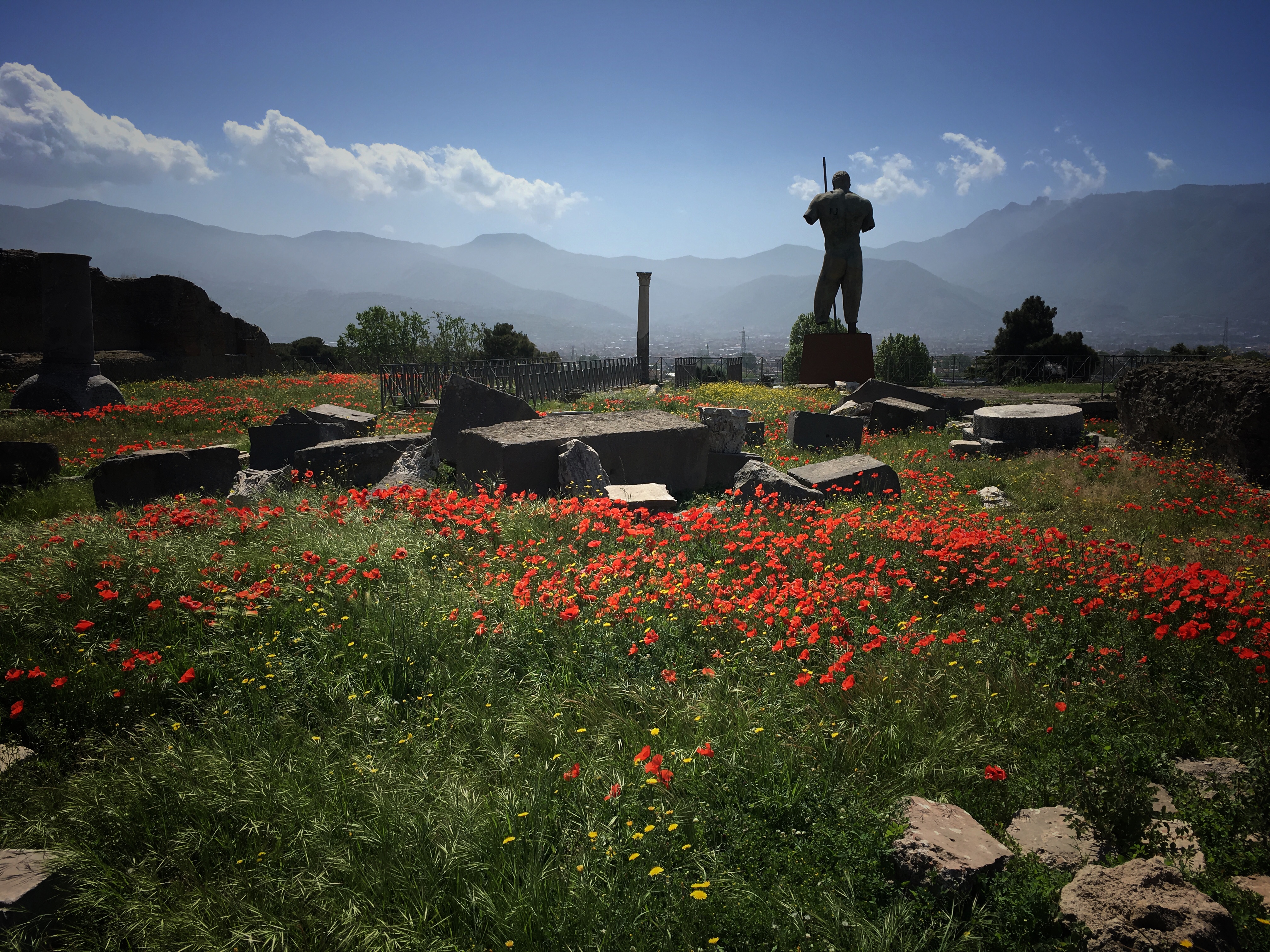

Los arqueólogos de Carlos III debieron quedar fascinados al retirar las cenizas que sepultaban Pompeya. La ciudad quedó congelada en el tiempo tras la erupción del Vesubio en el año 79 d.c. Durante 17 siglos nadie supo de su existencia ni tampoco de su vecina Herculano.
Descubríeron inalterada toda una ciudad romana del siglo I d.c. Las casas mantenían su mobiliario totalmente conservado. Las paredes con sus frescos y adornos. Los suelos con sus mosaicos. Ninguna escultura había sido expoliada. Nada había sido cambiado. Todo quedó como estaba cuando la erupción sorprendió a los habitantes que no tuvieron tiempo para evacuar la ciudad.
Por eso la visita a las ruinas de Pompeya es un viaje en el tiempo. Un regreso a la vida romana de hace casi 20 siglos.
Entramos con un plano y sin saber muy bien que había que visitar. No hay buena señalización y nos sentimos un tanto perdidos entre la multitud. El terreno irregular del suelo nos dio un par de sustos avisándonos que la fractura de tobillo “estaba disponible”. Cuando llegamos al Foro pudimos ya obtener una referencia y, poco a poco, nos fuimos aclarando.
Fuimos visitando la ciudad que debió de ser enorme antes de que el Vesubio la sepultara totalmente con ceniza y la borrara del mapa.
Todas las visitas de ruinas exigen un ejercicio de imaginación. Intenté hacerme una idea de como sería aquello antes de la erupción. Me di cuenta de la amplitud de las calles. De los pasos de cebra para cruzar de una acera a otra. Del bonito diseño de las casas romanas con un estanque central (impluvion), que daba frescor y los dormitorios daban hacia él. Me sorprendió las pequeñas dimensiones de las habitaciones, pero tenía su lógica: serían mas fáciles de calentar así .
Callejeando fuimos visitando tabernas, prostíbulos con las paredes pintadas con escenas muy explícitas de elevada carga erotica. Tomé conciencia de la laxitud moral del pueblo romano en sus relaciones sexuales.
El Foro me pareció muy impresionante. En una gran plaza estaba el mercado y varias edificaciones administrativas y publicas, así como templos. Todo lo tenían bien organizado y distribuido. Estaba la zona donde vendían pescado, la de la carne, la de comercio de la lana, etc.
También existían casas mucho más grandes y palacios de hombres poderosos, como la “Casa del Fauno”. Visitamos también unas termas públicas donde se aseaban y mantenían los romanos su higiene.
Siguiendo una larga calle se llega al anfiteatro donde se desarrollaban los juegos y se batían los gladiadores y las fieras.
De Pompeya se han extraído muchos mosaicos de paredes y suelos, así como esculturas bellísimas para llevarlas al museo arqueológico donde se pueden contemplar. Una visita obligada.

The archaeologists of Charles III must have been fascinated to remove the ashes that buried Pompeii. The city was frozen in time after the eruption of Vesuvius in 79 AD. For 17 centuries no one knew of its existence nor of its neighbor Herculaneum.
They discovered unaltered an entire Roman city of the 1st century AD. The houses kept their furniture fully conserved. The walls with their frescoes and ornaments. The floors with their mosaics. No sculpture had been plundered. Nothing had been changed. Everything was as it was when the eruption surprised the inhabitants who did not have time to evacuate the city.
That is why the visit to the ruins of Pompeii is a journey through time. A return to Roman life almost 20 centuries ago.
We entered with a map and without knowing very well what to visit. There are no good ones and we feel lost among the crowd. The uneven ground floor gave us a couple of scares warning us that the ankle fracture was "available".
When we arrived at the forum we were able to obtain a reference and, little by little, we began to clarify.
We went visiting the city that must have been huge before the Vesuvius in 79 AD buried it in ash and erased it from the map.
All visits to ruins require an exercise in imagination. I tried to get an idea of what it would be like before the eruption. I realized the breadth of the streets. Of the zebra crossings to cross from one sidewalk to another. From the beautiful design of the Roman houses with a central pond (impluvion), which gave freshness and the bedrooms looked towards it. I was surprised by the small dimensions of the rooms, but it had its logic: they would be easier to heat like that.
Wandering around we visited taverns, brothels with walls painted with very explicit scenes of high erotic charge. Evidently, this was where most tourists crowded together. I became aware of the moral laxity of the Roman people in their sexual relations.
The Forum seemed very impressive to me. In a large square was the market and several administrative and public buildings, as well as temples. Everything was well organized and distributed. There was the area where they sold fish, meat, wool trade, etc
There were also much larger houses and palaces of powerful men, such as the "House of the Faun". We also visited public baths where the Romans cleaned and maintained their hygiene.
Following a long street you reach the amphitheater where the games were played and the gladiators and beasts were fighting.
From Pompeii many mosaics of walls and floors have been extracted, as well as beautiful sculptures to take them to the archaeological museum where they can be contemplated. A must see.

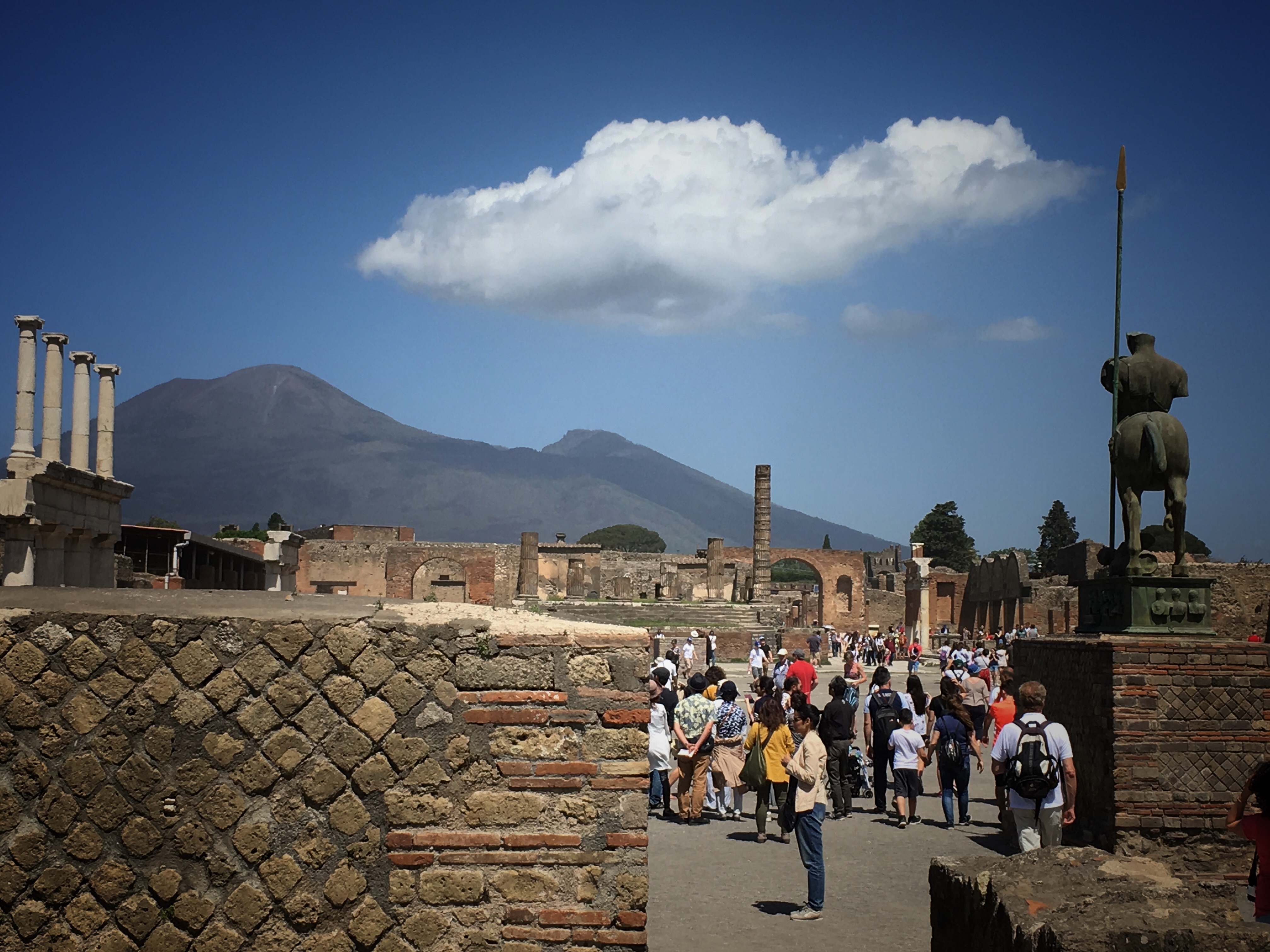

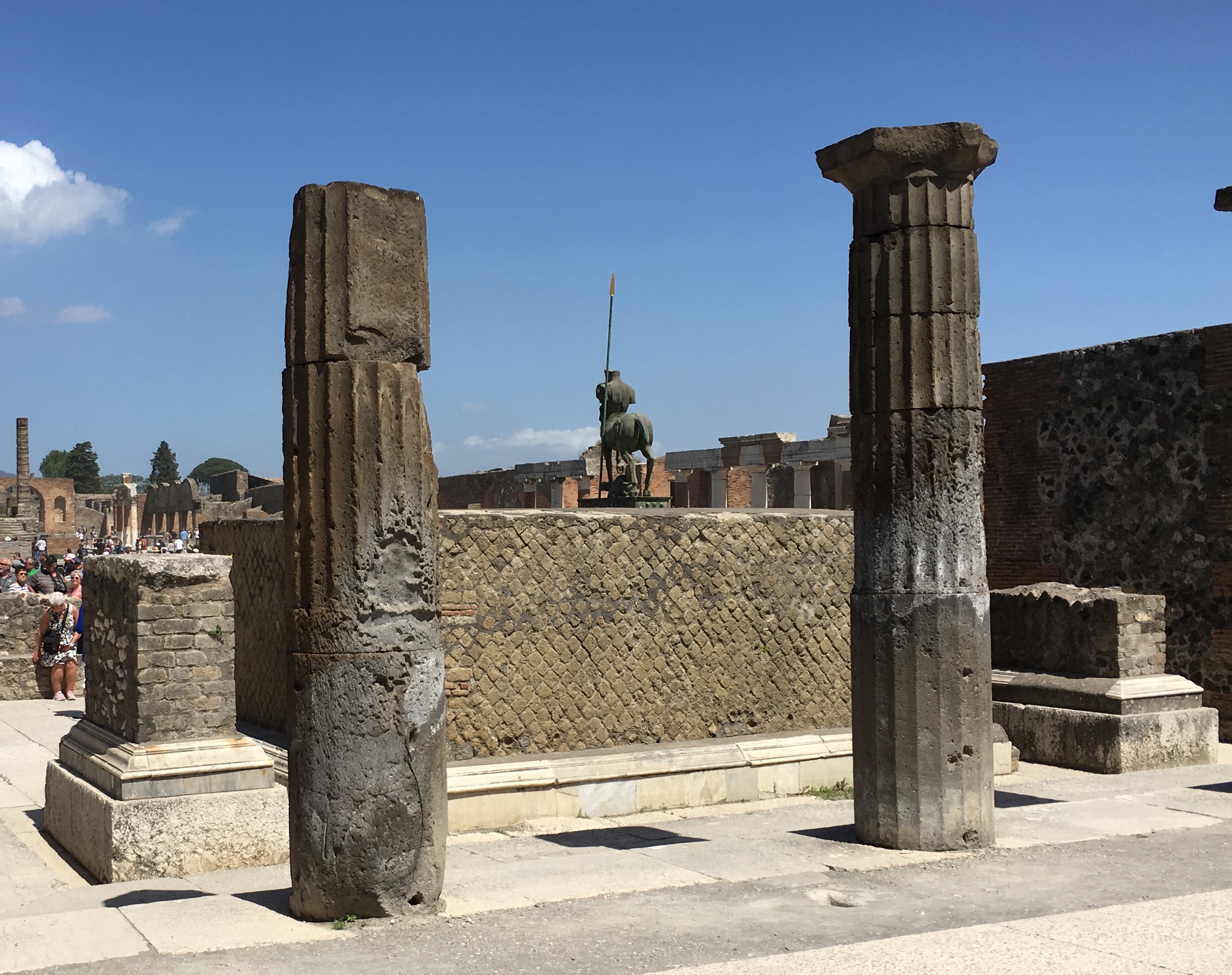

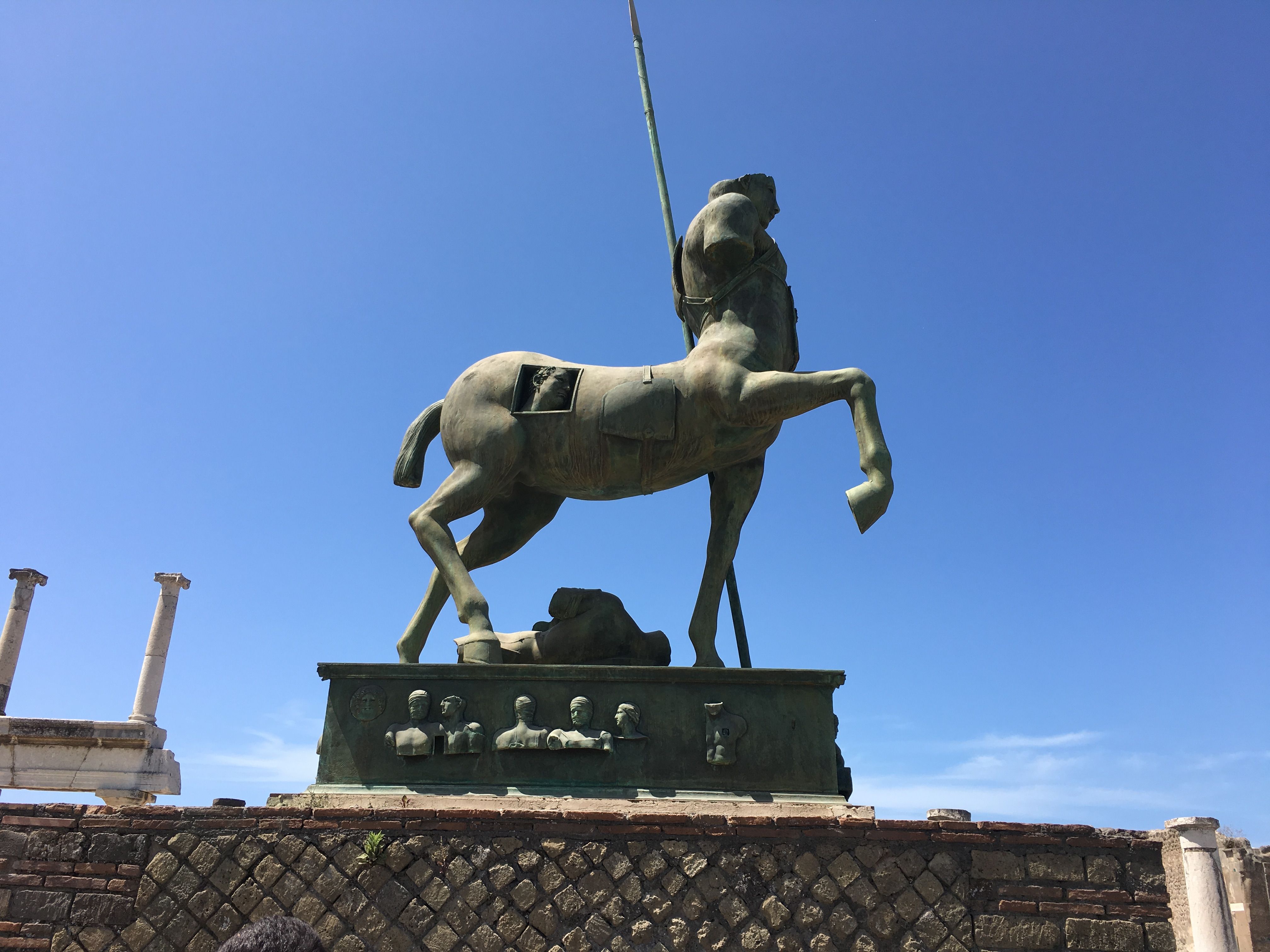

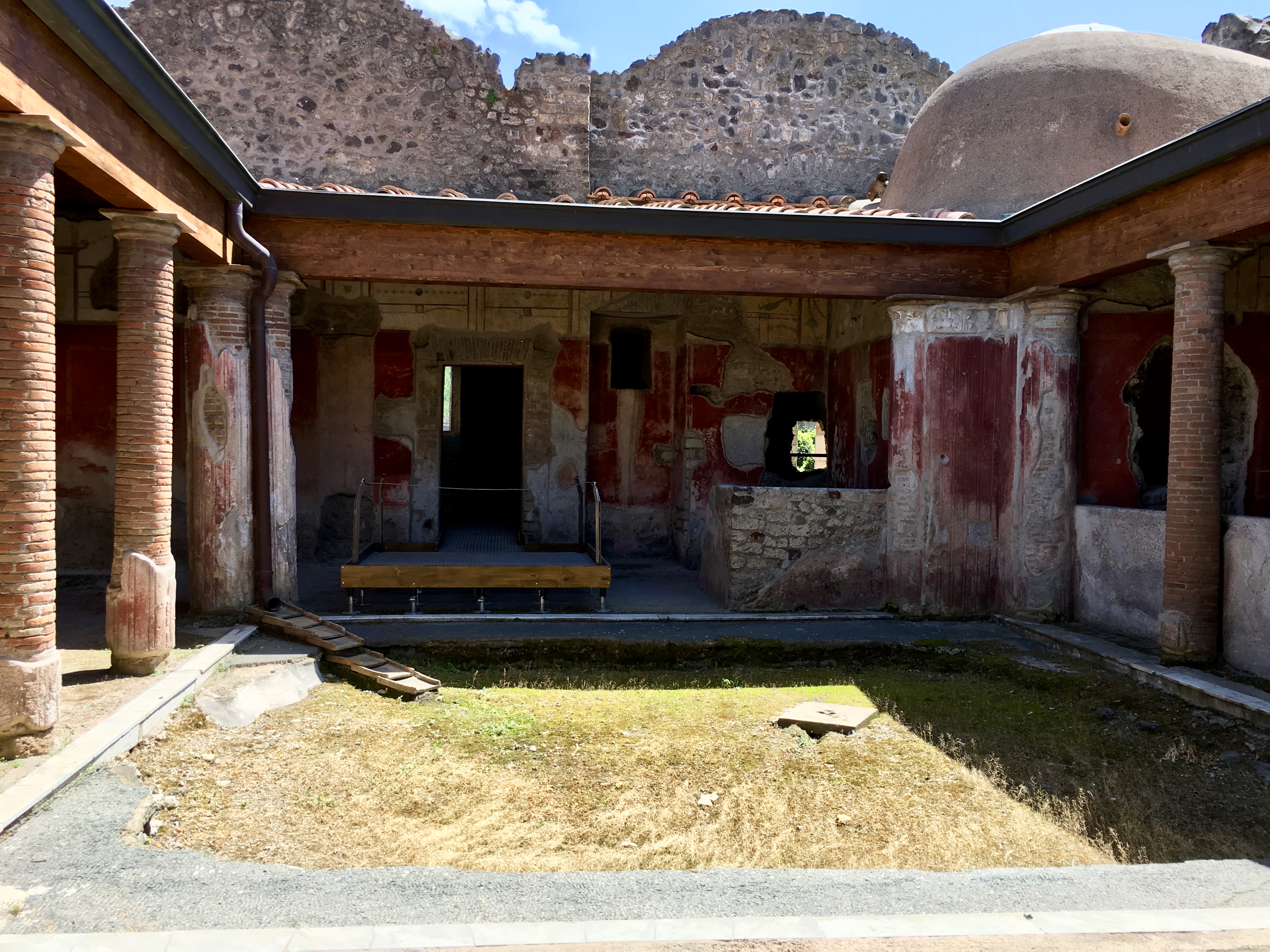

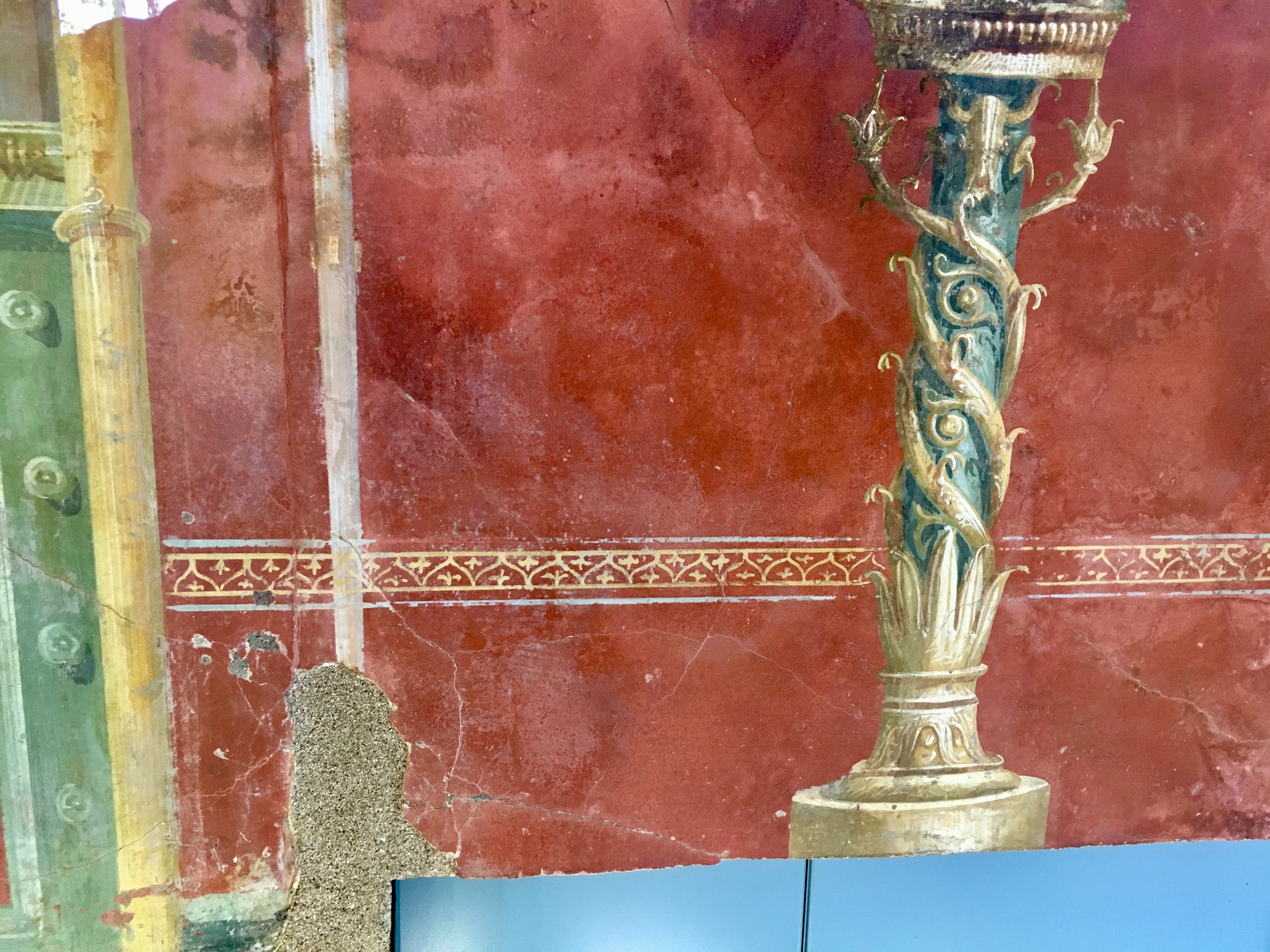

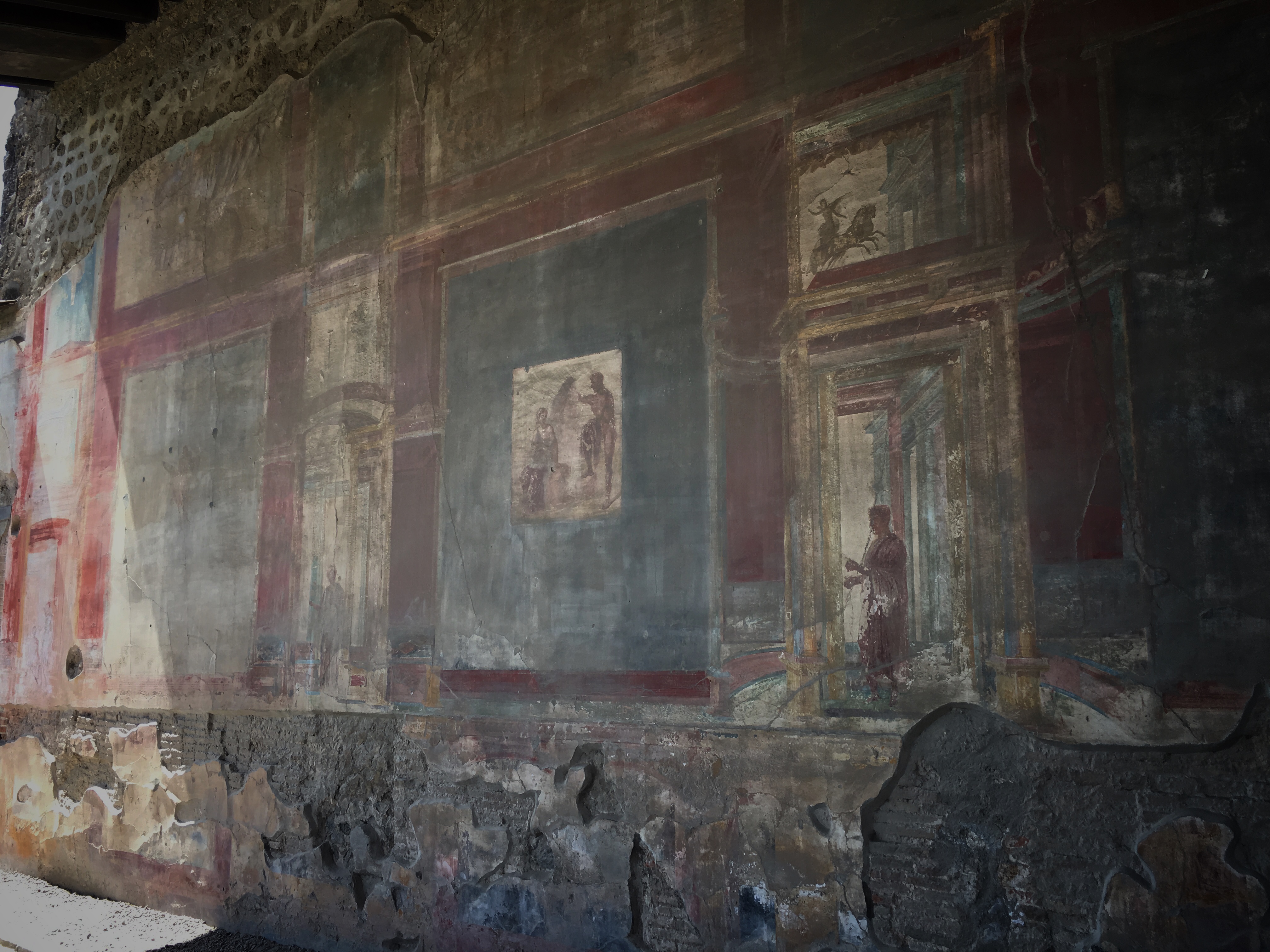

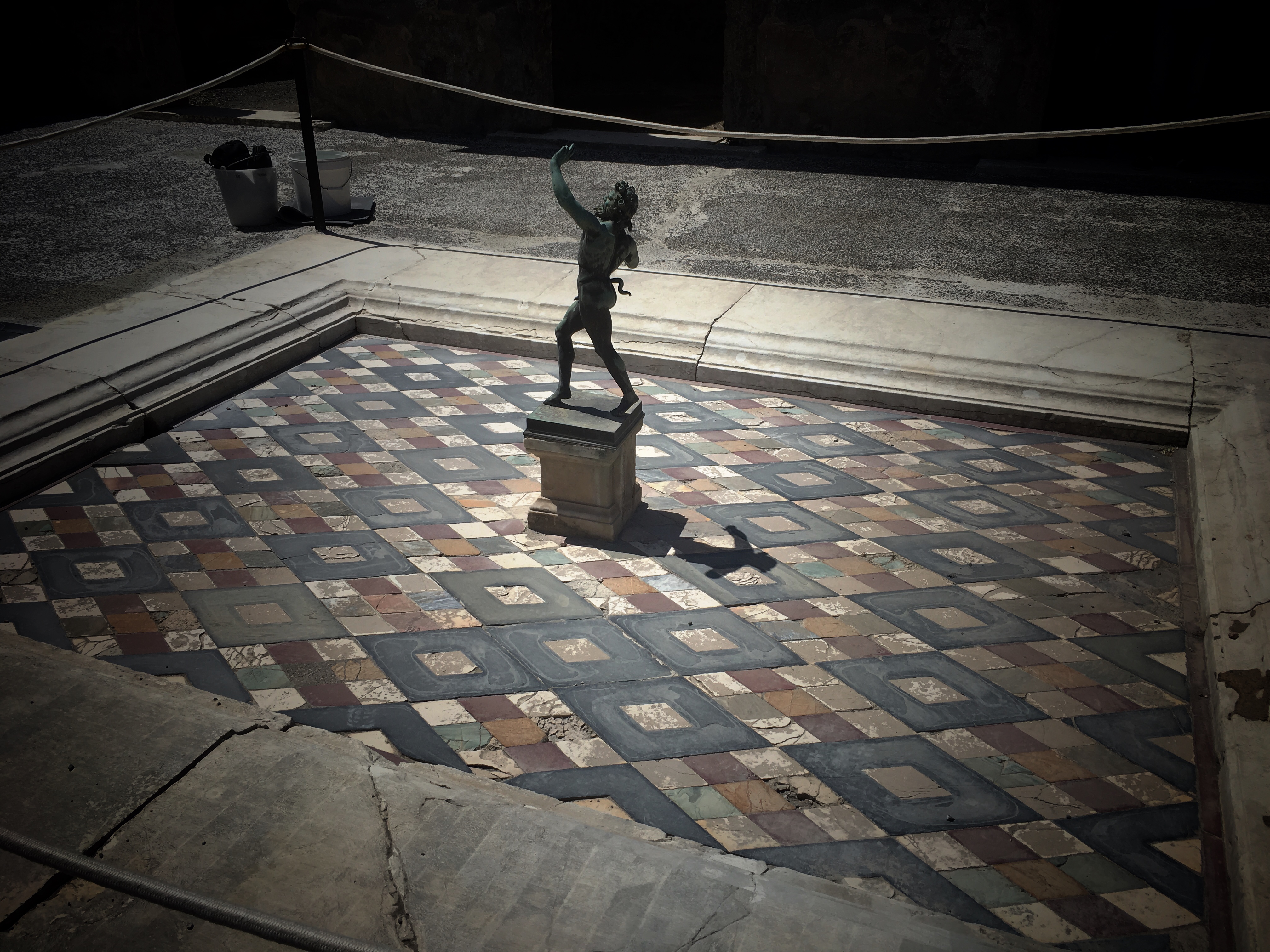

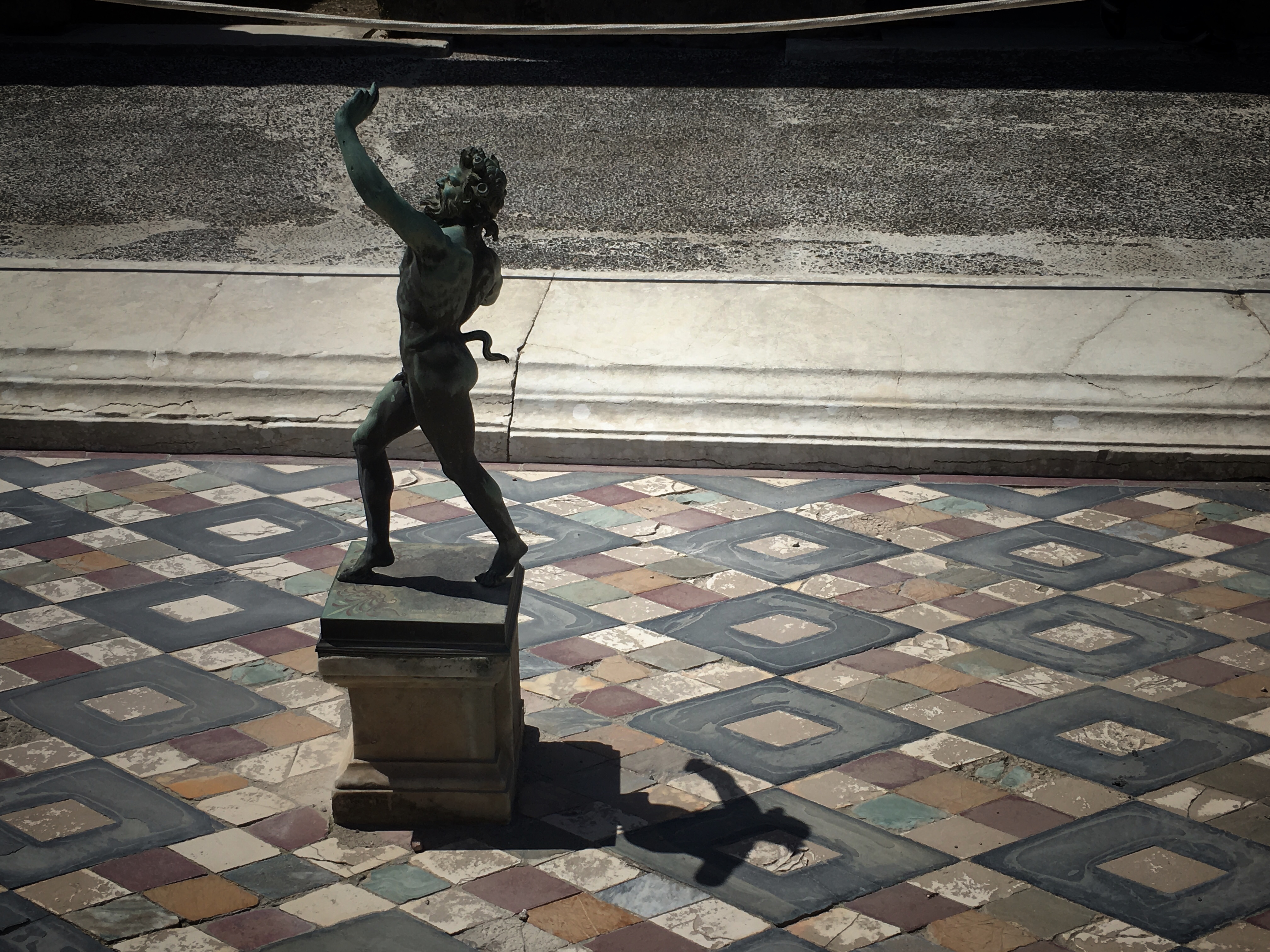

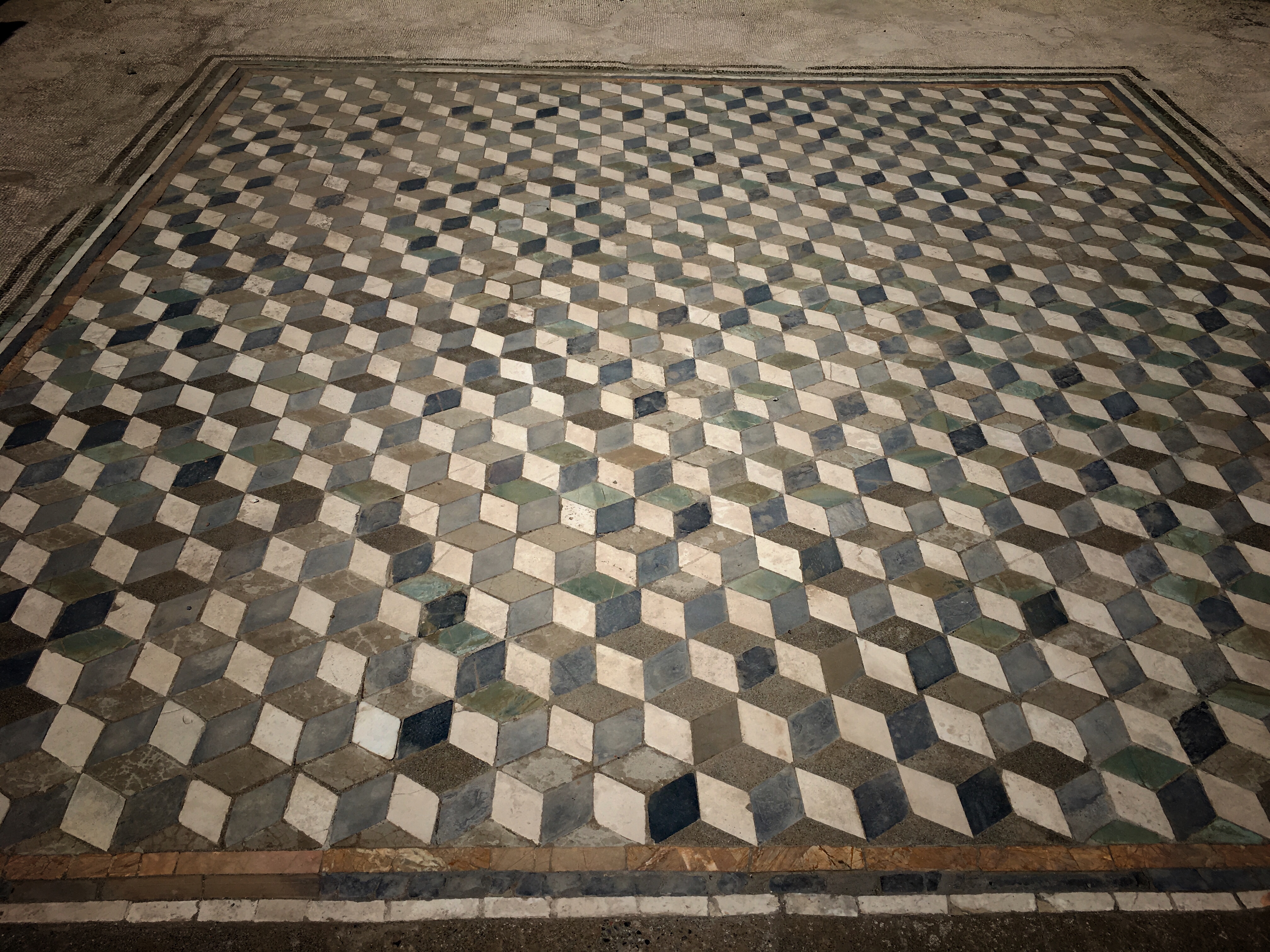

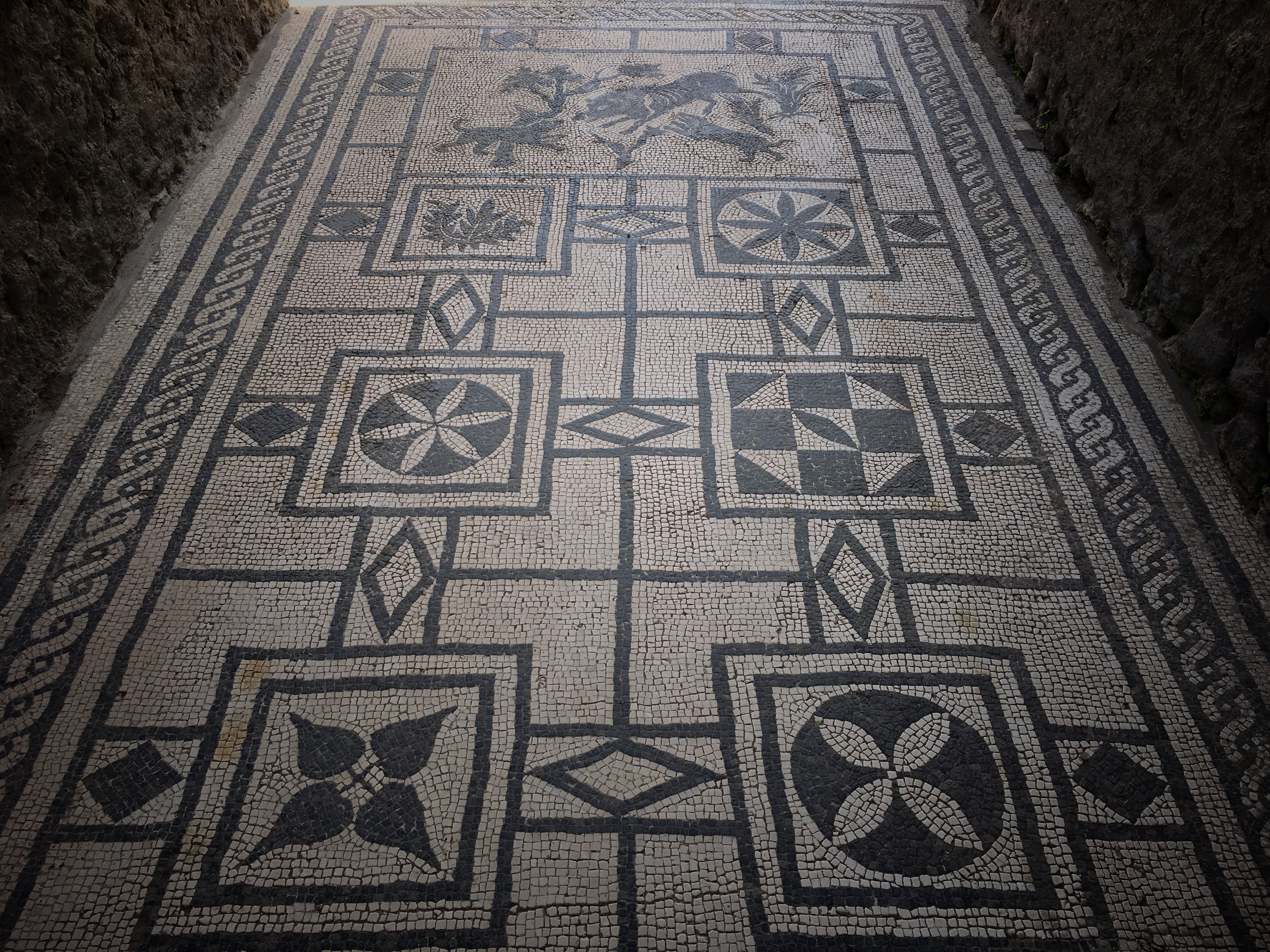

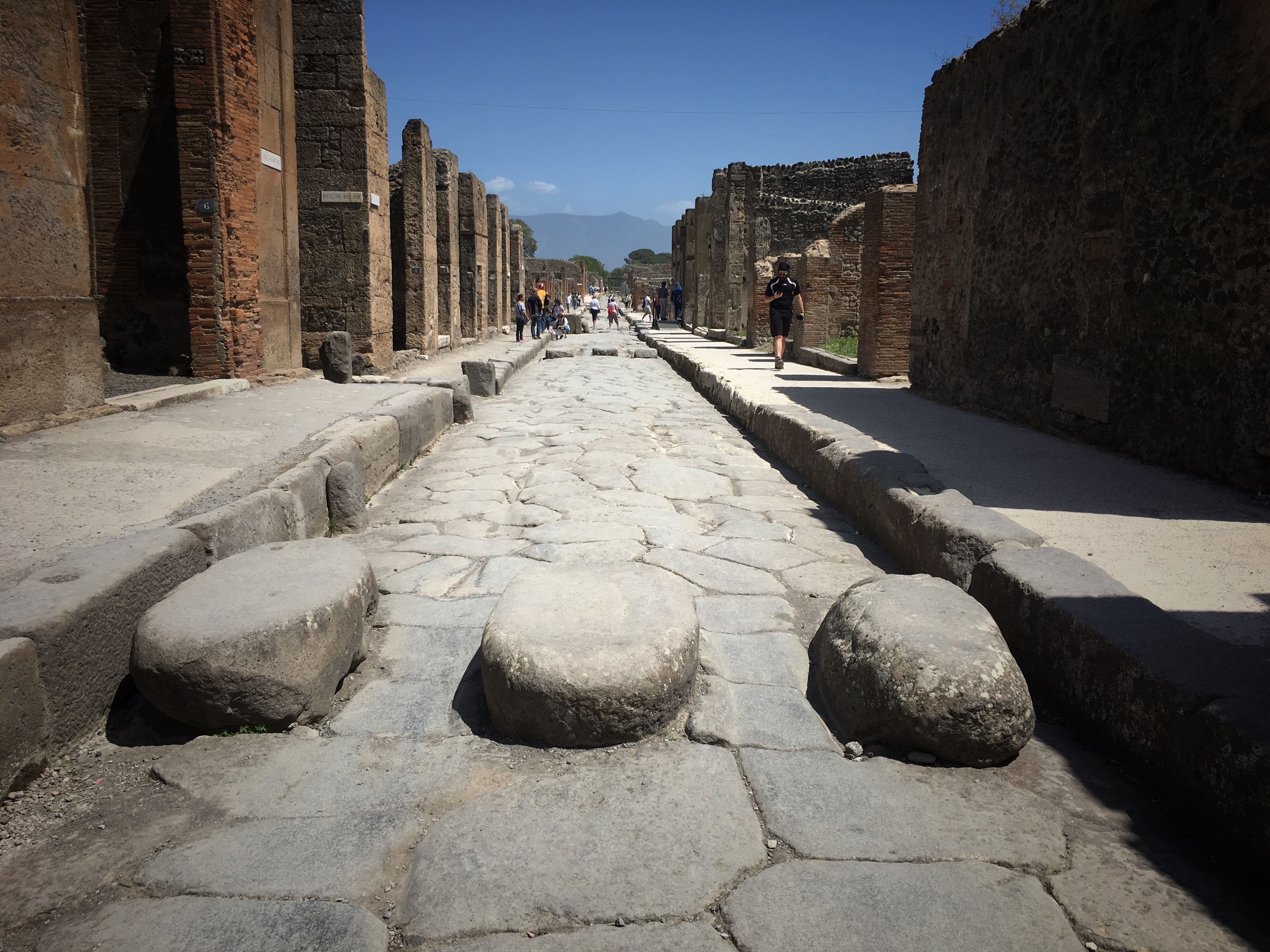

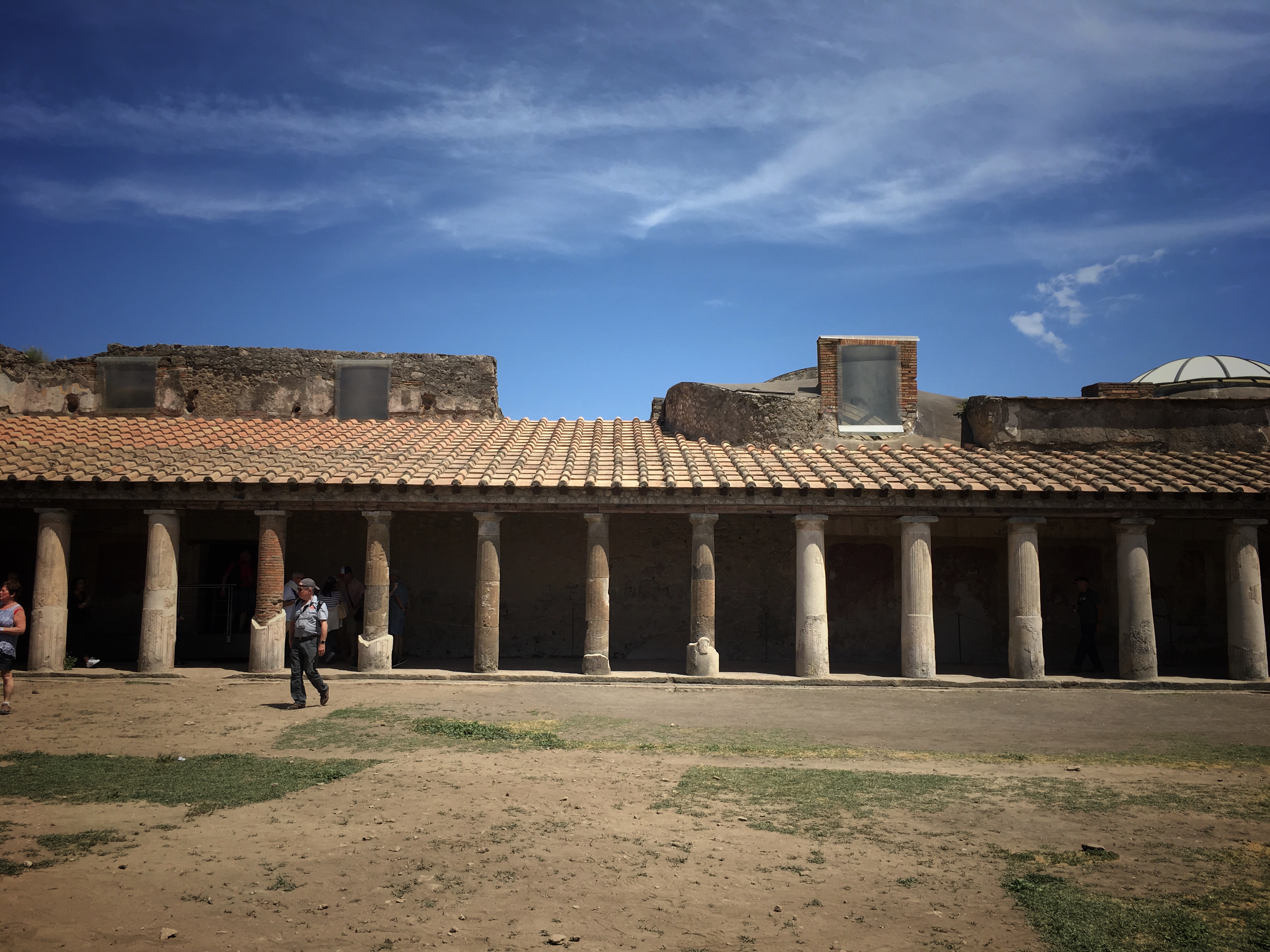

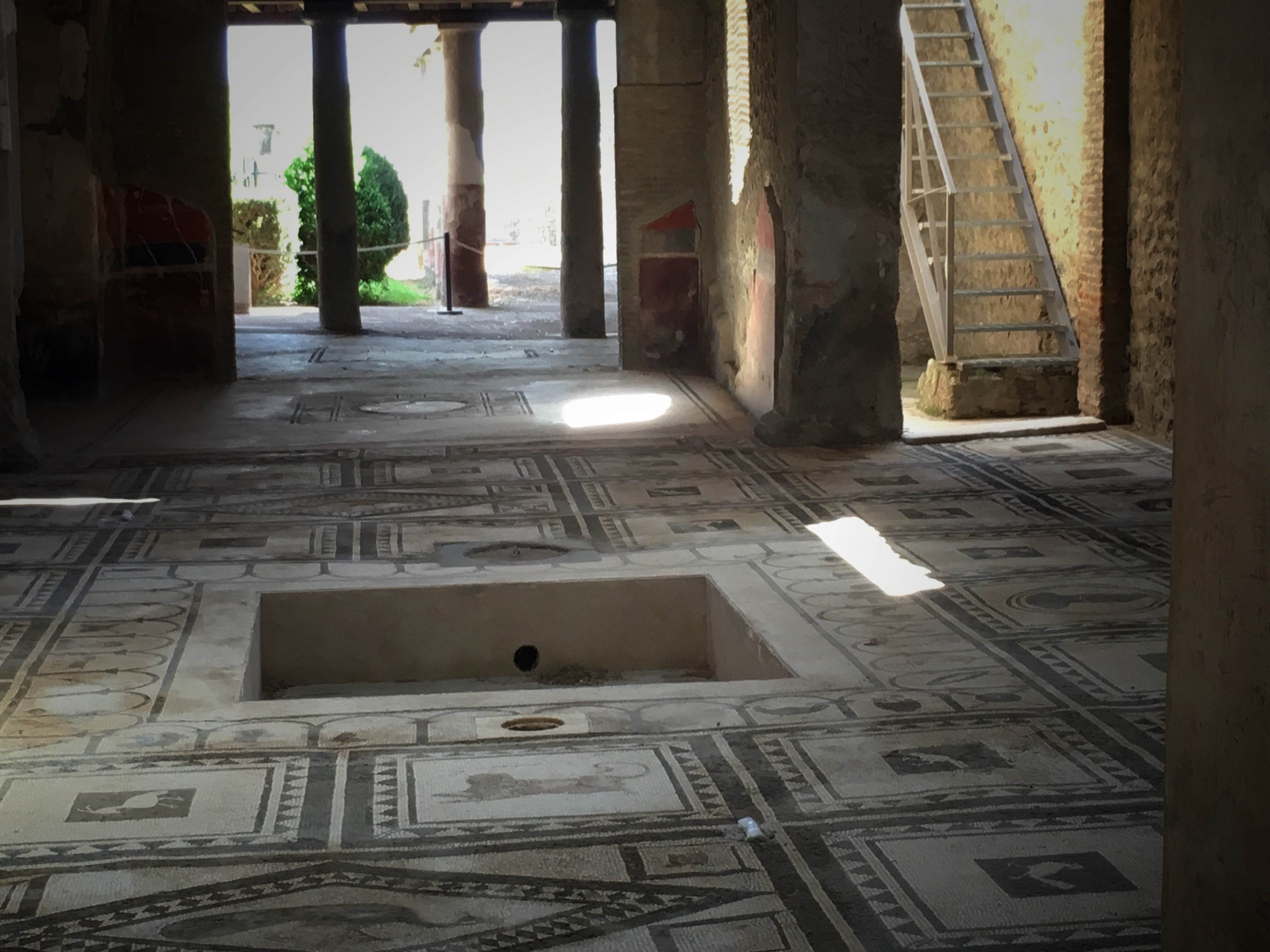

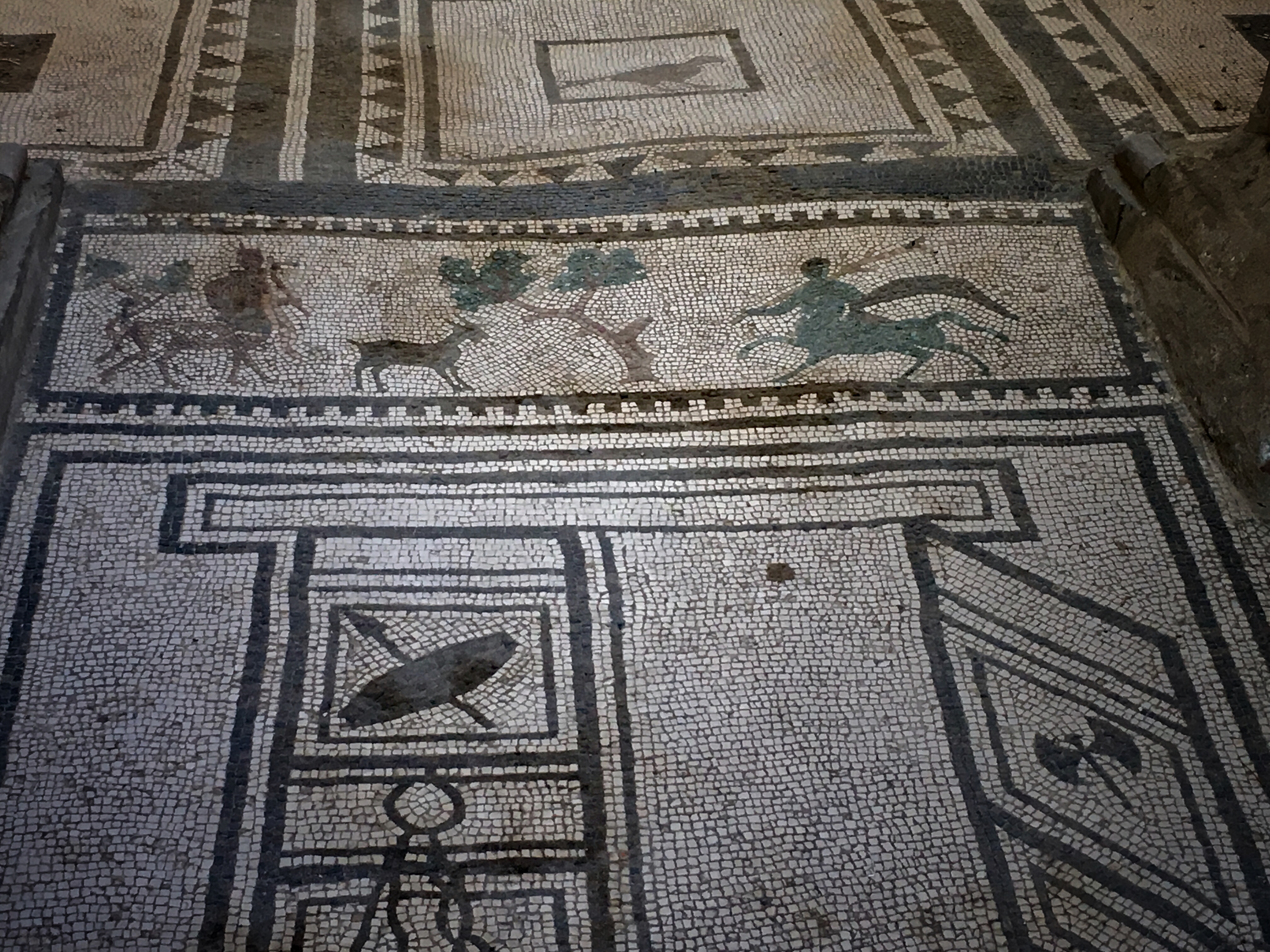

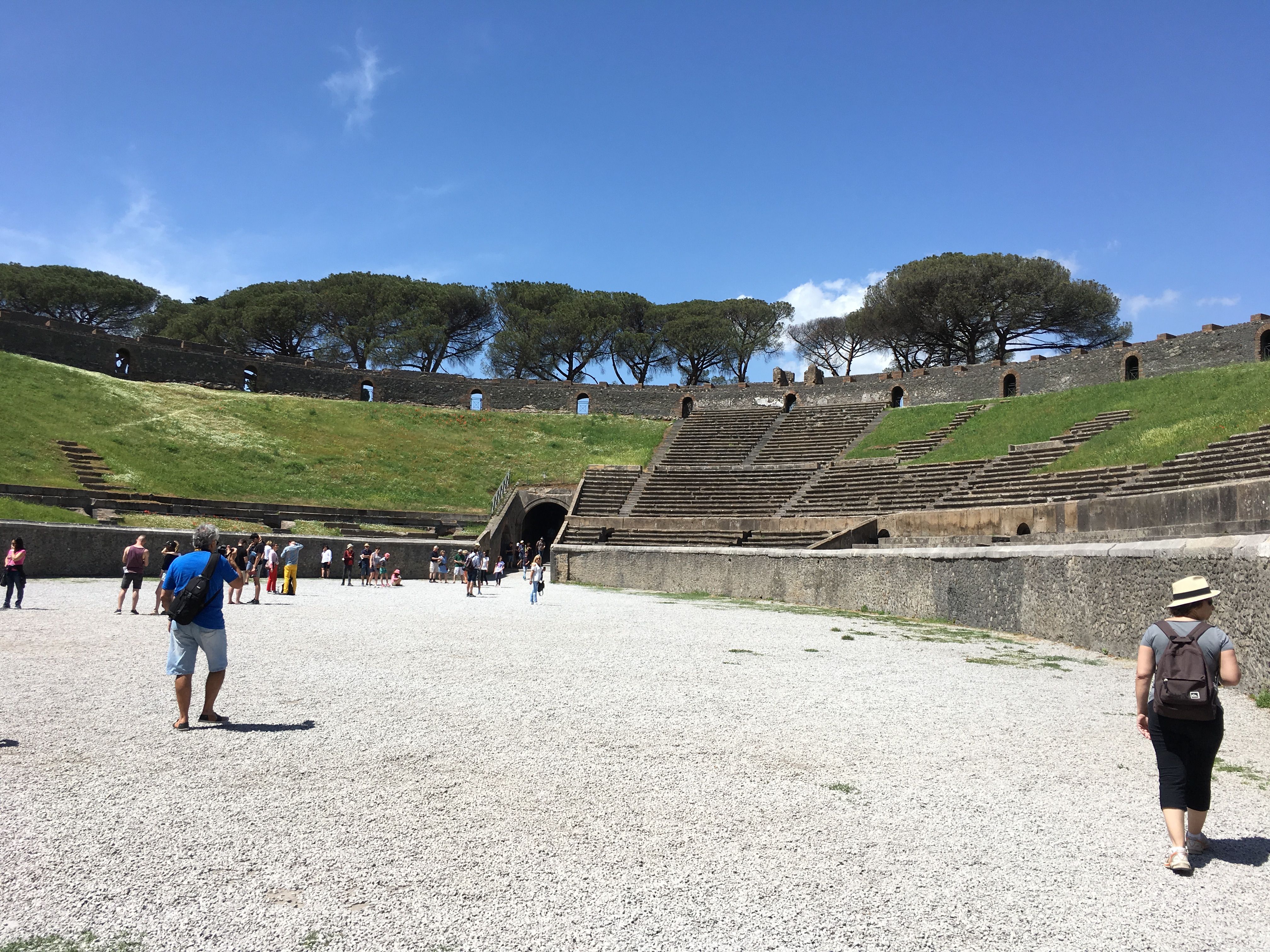

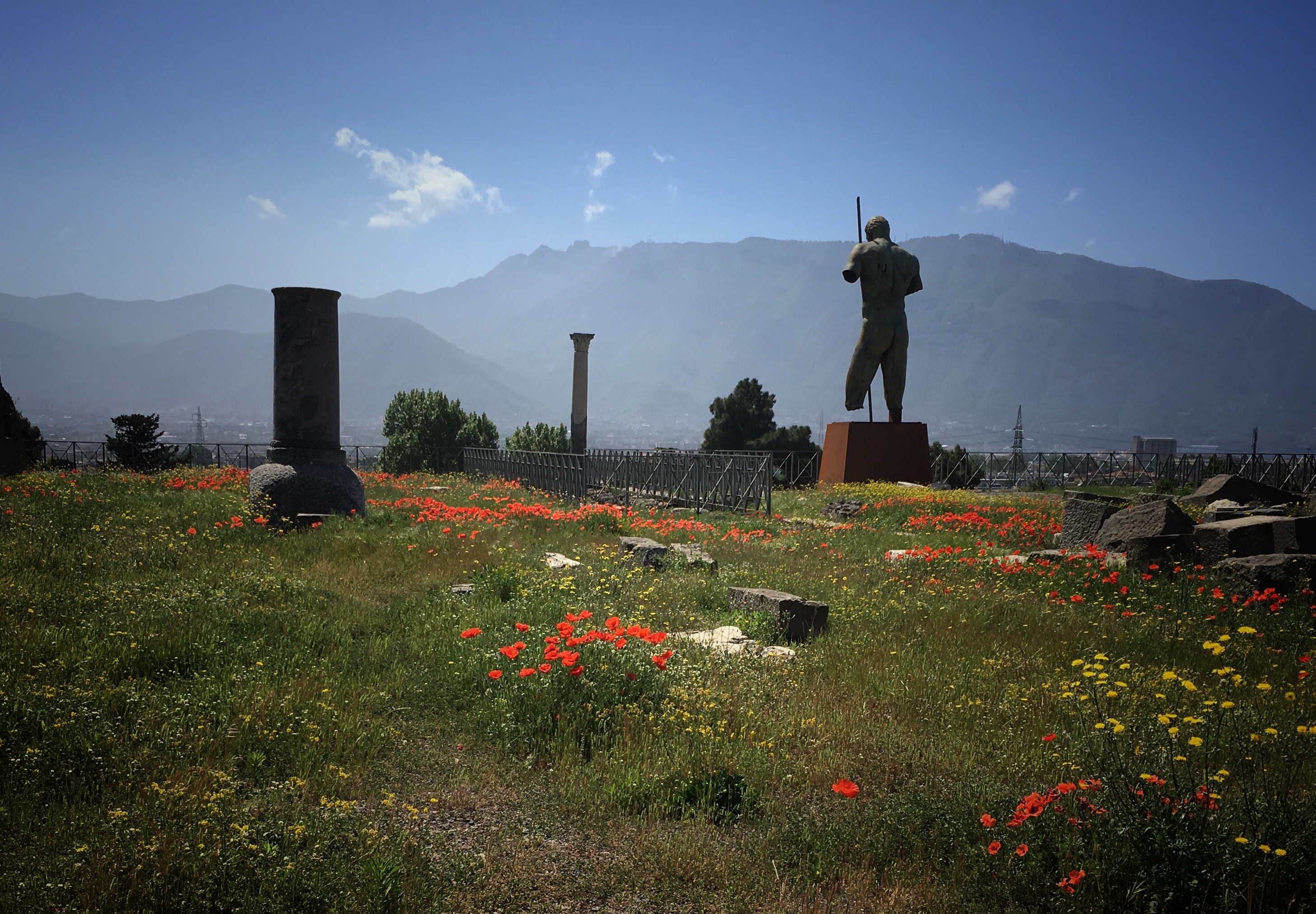


Todas las fotos son mías y originales. Las hice con mi iPhone 6.
¡Espero tus comentarios!
All the photos are original and mine. I made with my iPhone 6.
I await your comments!
VÓTAME Y TE VOTARÉ
Si me votas, buscaré tus post y los votaré. Me gusta ser agradecido.
¡Compruébalo!
VOTE ME AND I WILL VOTE YOU
If you vote for me, I'll find your post and vote for them. I like to be grateful.
Check it!
¡Buen Camino!
Pensar que en muchas ocasiones la gente paso por ahí y nadie vio durante tanto tiempo este valiocisimo tesoro escondido, vi la película pero las imagenes que aquí nos compartes aquí son otro nivel se ve muy precioso.
Si es cierto. Es un ejercicio de imaginacion visibilizar como vivirian allí y como moririan allí. Todo quedo inalterado. Impresiona bastante
Hola. Un lugar increíble, estuve hace poco, en noviembre, como dices es una pena que se lleven cosas aunque sea para el museo, yo pienso que el mejor sitio es donde estaban. No pude ver el museo, solo tenia una mañana para la visita, ya que fue un viaje en crucero y solo te dan una mañana en cada puerto. Pero mereció la pena. Saludos.
Si todo estuviera en los lugares donde se encontró sería fabuloso. Tal vez podían poner unas reproducciones , como hacen en la casa del fauno.
Ganaría mucho, si.